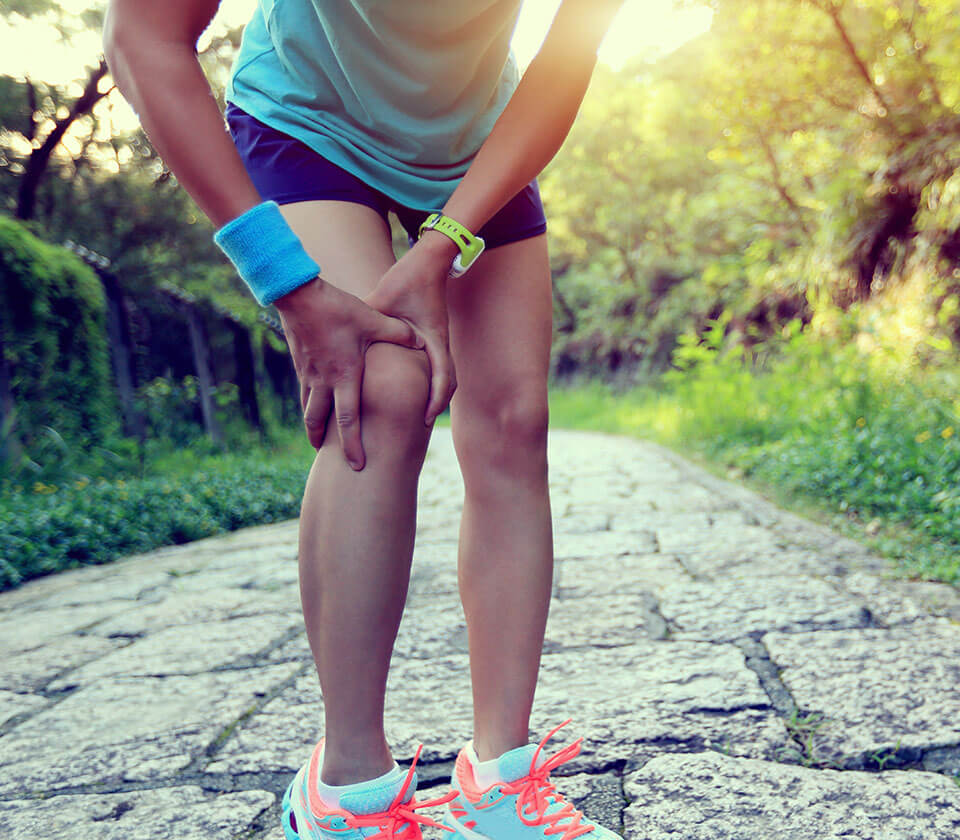Knee injures and conditions
Dr. Kendall treats knee injuries and conditions at OrthoIndy West located in Brownsburg. Some of the most common types of knee injuries/conditions he treats include meniscus tears, ACL tears, cartilage defects and osteoarthritis. Many of the injuries he treats are sports related injuries.
Meniscus Tears
The meniscus is a curvilinear structure located between the femur and the tibia inside the joint. The meniscus functions to spread out the stress across the joint. There is a meniscus on the medial and lateral aspect of the knee. The medial meniscus is most commonly injured. A torn meniscus may happen during a major twisting injury or more commonly, as we age, the meniscus may be torn with a minimal mechanism of injury. Symptoms commonly include pain, swelling, and difficulty twisting. A patient may experience painful clicking or sometimes even frank locking of the knee as the damaged ligament becomes trapped in the knee. Small nondisplaced tears can be treated without surgery with good results. Large, displaced tears often require arthroscopic surgery to prevent long term injury.
Learn More
ACL Tears
The ACL is the central ligament in the knee. The ACL is a common topic on sports shows as this is a common sports injury in multiple sports including basketball, soccer and football. Most commonly the injury occurs with a non-contact twisting type mechanism. When you see an athlete on TV go down with no contact or fall awkwardly there is a good chance, they may have suffered an ACL injury. The knee joint will usually swell afterward and athletes feel knee pain and are typically not able to continue to play on the day of the injury. The knee will feel unstable.
This injury is diagnosed with a combination of a physical exam by a knee specialist and an MRI scan. Competitive athletes, laborers or even active adults will often require a reconstruction to achieve ACL restoration and resume their active lifestyle. The reconstruction is performed in several different ways depending on the situation. The surgery is performed as an outpatient. The new graft is routed through the bone in a similar position to the original ligament. Most patients are able to return to sporting activity after the reconstruction has healed.
Learn More
Cartilage Defects
The articular cartilage is the smooth white tissue which lines our joints. Over time or after an injury that can cause damaged cartilage. This is called chondromalacia. This graded from 1 to 4 with 4 being exposed bone. Technically speaking, damage to this structure is equivalent to early arthritis. Symptoms vary considerably from none to significant activity-limiting pain. Treatment also varies substantially depending on the characteristics of the lesion. Symptomatic cartilage lesions may be treated with or without surgery. Techniques for cartilage restoration to grow & implant cartilage, transplant cartilage or simply remove cartilage may be employed to improve symptoms, if necessary.
Learn More
Osteoarthritis
Osteoarthritis or OA is extremely common as we age. The result of OA is damaged cartilage. As it progresses, the menisci may tear or the knee may develop mal-alignment. The overall treatment goals are to limit progression and to manage symptoms. A multitude of options is available to treat the knee including activity modification, injections and anti-inflammatories. Surgically, knee replacement, either total or partial, is the definitive treatment. Please see the AAOS patient information site for more information about arthritis of the knee.
Learn More

